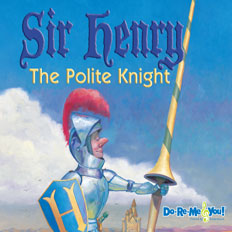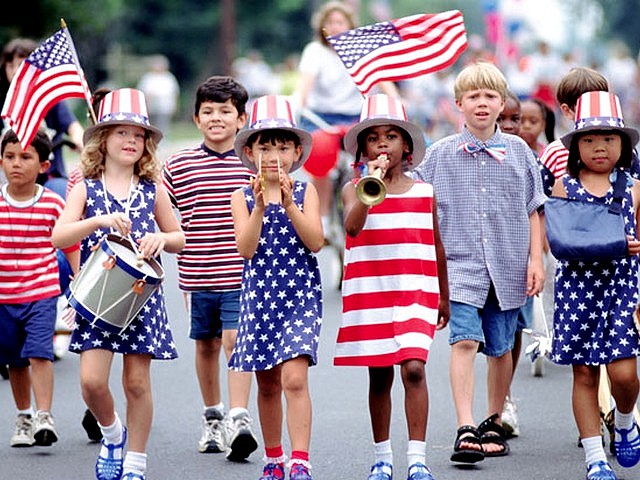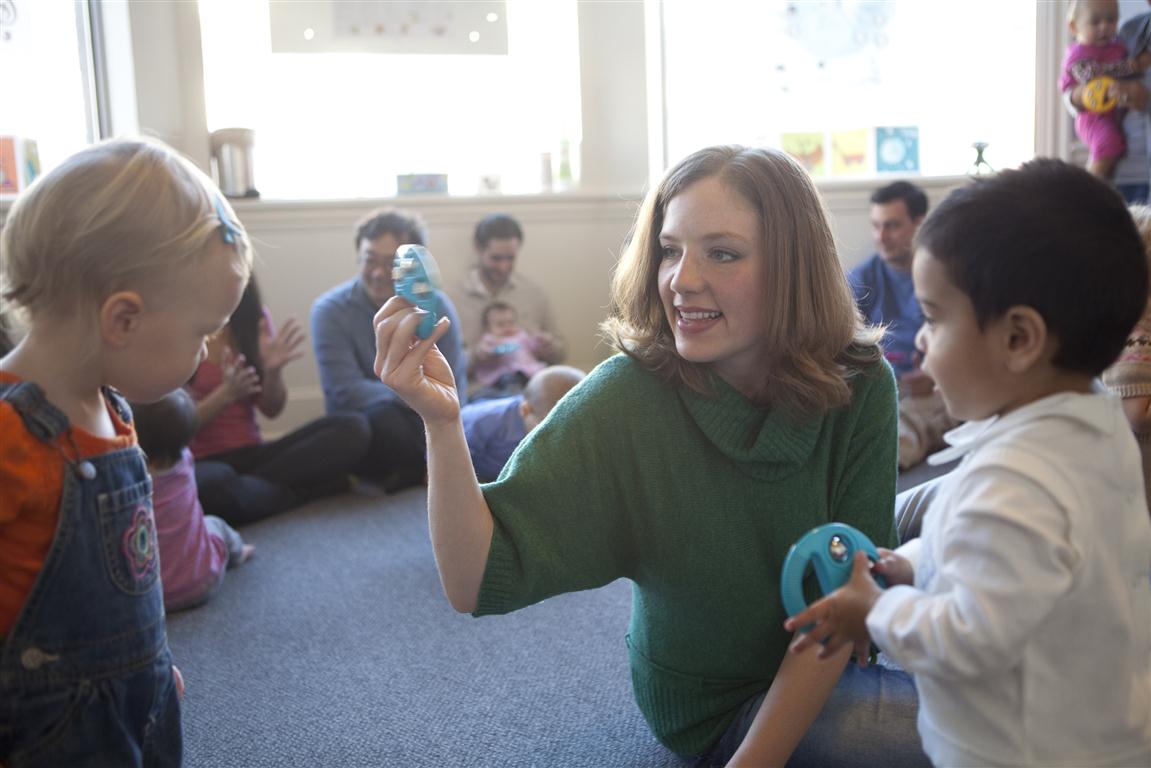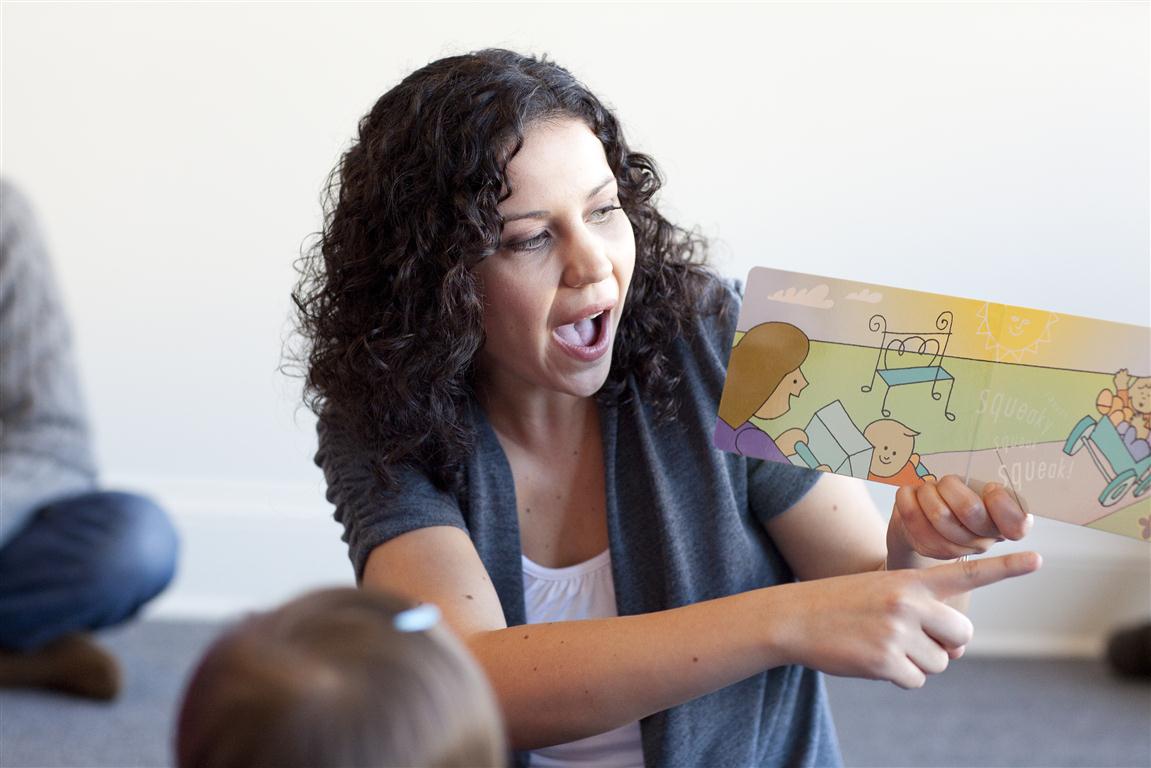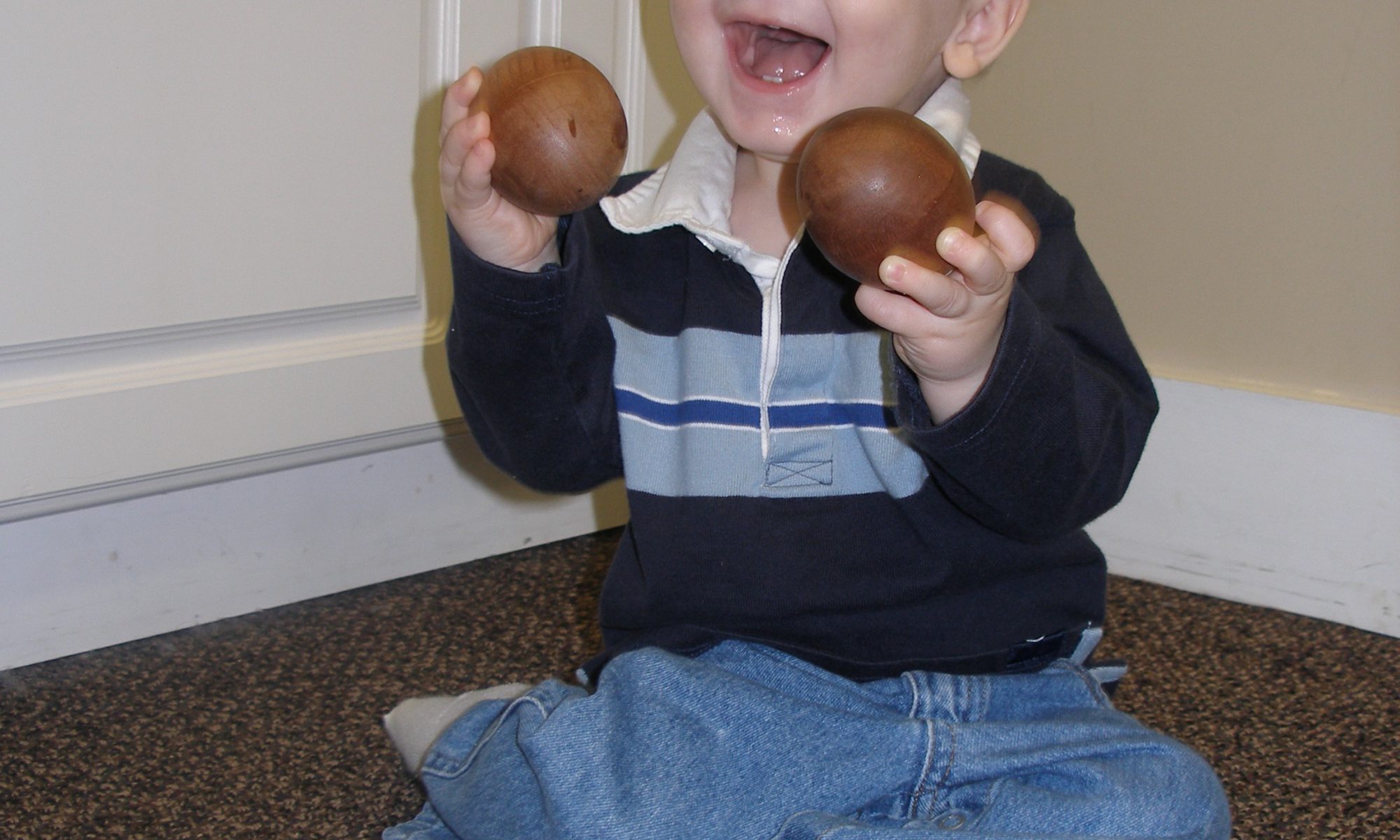“What are you doing? You’re supposed to be going to sleep.”
It’s late at night, and your baby needs to go to sleep. Everything’s been taken care of – clean diaper, quiet house, feeding, burping … so what’s with all that squirming? Maybe all that’s missing is a lullaby.
All research points to yes — lullabies are scientifically proven to lull babies to sleep, stimulate language and cognitive development, as well as strengthen the emotional bond between a parent and child.
This bond is communicated without words. Since your baby can’t yet understand words and language, a lullaby can communicate that everything in the house is taken care of, there is no danger, and so much love that a voice is literally lifted into song.
See (or sing) for yourself
Many thanks to Kindermusik parent, Janice Müller, who filmed this video of herself singing her baby to sleep with a lullaby in the Zulu language. Janice is enrolled in Brandy Butler’s Kindermusik class in Switzerland.
You can watch the video and hear Janice sing here: Click the Oct. 1 blog post.
Janice writes:
“If you want to hear the legendary Miriam Makeba do it justice: click here. The words and translation:”
Tula Baba | Traditional Zulu lullaby
Thula thul, thula baba, thula sana,
Tul’ubab ‘uzobuya ekuseni
Thula thul, thula baba, thula sana,
Tul’ubab ‘uzobuya ekuseni
Kukh’in khan-yezi, zi-holel’ u baba,
Zim-khan yi-sela indlel’e ziyak-haya,
Sobe sik hona xa bonke be-shoyo,
Be-thi bu-yela u-bu-ye le khaya,
Thula thula thula baba,
Thula thula thula sana,
Thula thula thula baba,
Thula thula thula san.
English Translation
Hush, little man, hush, child of mine
Daddy is coming in the morning
Hush, my child, hush, my son
Hush, Daddy is coming from the mountains
We will be here, as the saying goes
They were saying; come back home
We will be here, as the saying goes
I say come back, my child, come to your home
Hush, hush, my son
Hush, hush, my little man
Hush, hush, my child
Hush, hush, my little man
Keep quiet my child
Keep quiet my baby
Be quiet, daddy will be home by dawn
There’s a star that will lead him home
The star will brighten his way home
The hills and stones are still the same my love
My life has changed, yes my life has changed



